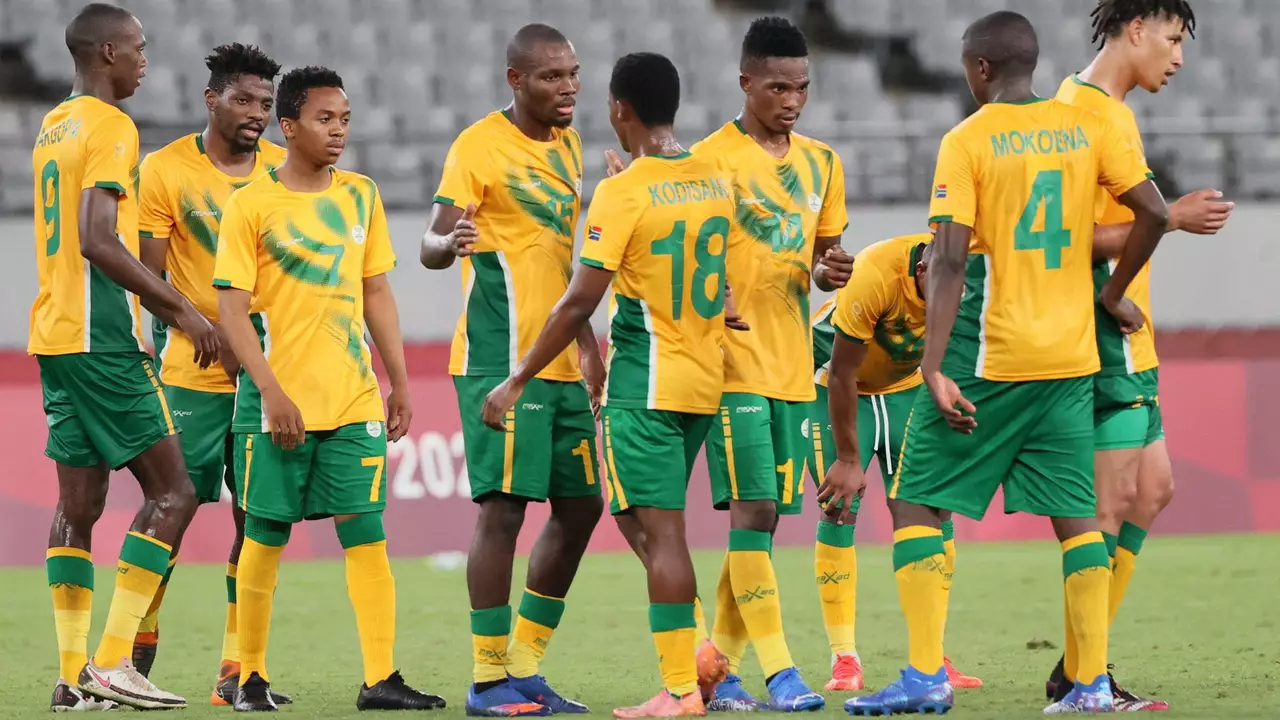Football Challenges: What Keeps Non‑League Clubs Up at Night?
Running a non‑league side isn’t just about kicking a ball. It’s a daily battle with money, facilities, players and the community. If you’ve ever wondered why some clubs thrive while others fade, you’re in the right place. Below we break down the toughest hurdles and show how clubs are turning problems into progress.
Common obstacles on and off the pitch
First up, cash flow. Most teams rely on gate receipts, local sponsors and a handful of volunteers. A missed payday or a sudden sponsor pull‑out can mean the difference between buying new boots and cutting travel costs. Then there’s the playing surface. Poor drainage, uneven grass or an outdated pitch can kill a team’s style of play and increase injury risk.
Player recruitment is another pain point. Without a big budget, clubs depend on local talent, loan deals and the occasional free agent. That makes squad depth thin, and injuries can expose a lack of options fast. Coaching staff often juggle full‑time jobs, limiting how much time they can spend on tactics, fitness and youth development.
Finally, community engagement matters. A club that isn’t part of its neighbourhood struggles to fill the stands, raise funds and attract volunteers. Small towns may have passionate fans, but if the club doesn’t connect with schools, local businesses and charities, that support dries up quickly.
How clubs overcome the toughest hurdles
Smart budgeting is the first line of defense. Successful teams map out a season‑long expense plan, set realistic ticket targets and seek multiple small sponsors instead of one big one. Diversifying income – for example, hosting community events, renting out the clubhouse or selling club merch online – spreads risk.
Investing in the pitch pays off both on match day and in player health. Even a modest drainage upgrade or regular reseeding can turn a muddy nightmare into a reliable surface that encourages attacking football.
When it comes to players, clubs are getting creative. Partnerships with nearby academies give access to young talent hungry for senior minutes. Open trial days and social‑media scouting let coaches spot hidden gems without a transfer fee.
Volunteer power can’t be overstated. Running a fundraiser, managing match‑day logistics or coaching a youth side often falls to locals who love the game. Recognising volunteers with awards, public shout‑outs and small perks keeps morale high and turnover low.
Community ties are the glue that holds everything together. Schools programmes, free youth sessions and charity matches build goodwill and bring new fans through the gate. When a club becomes a hub for local events, it earns a reputation that attracts sponsors who want that positive exposure.
At the end of the day, challenges are part of the non‑league story. They test a club’s resilience, spark innovation and create the legends we love to read about. By facing financial limits, pitch problems, player shortages and community hurdles head‑on, clubs not only survive – they often come out stronger, ready for the next season’s adventure.
Posted by
Caspian O'Reilly
0 Comments

South Africa's struggle to produce a top-tier striker is a complex issue. It seems the root cause is a combination of factors, including insufficient training facilities, lack of professional development opportunities, and inadequate youth development programs. Additionally, there's a significant gap in the quality of local leagues compared to international standards. The economic disparities in the country also pose a barrier, hindering access to quality education and resources needed to nurture a world-class striker. Overall, South Africa needs to invest more in nurturing talent right from the grassroots level and strive to improve their domestic league standards.
read more